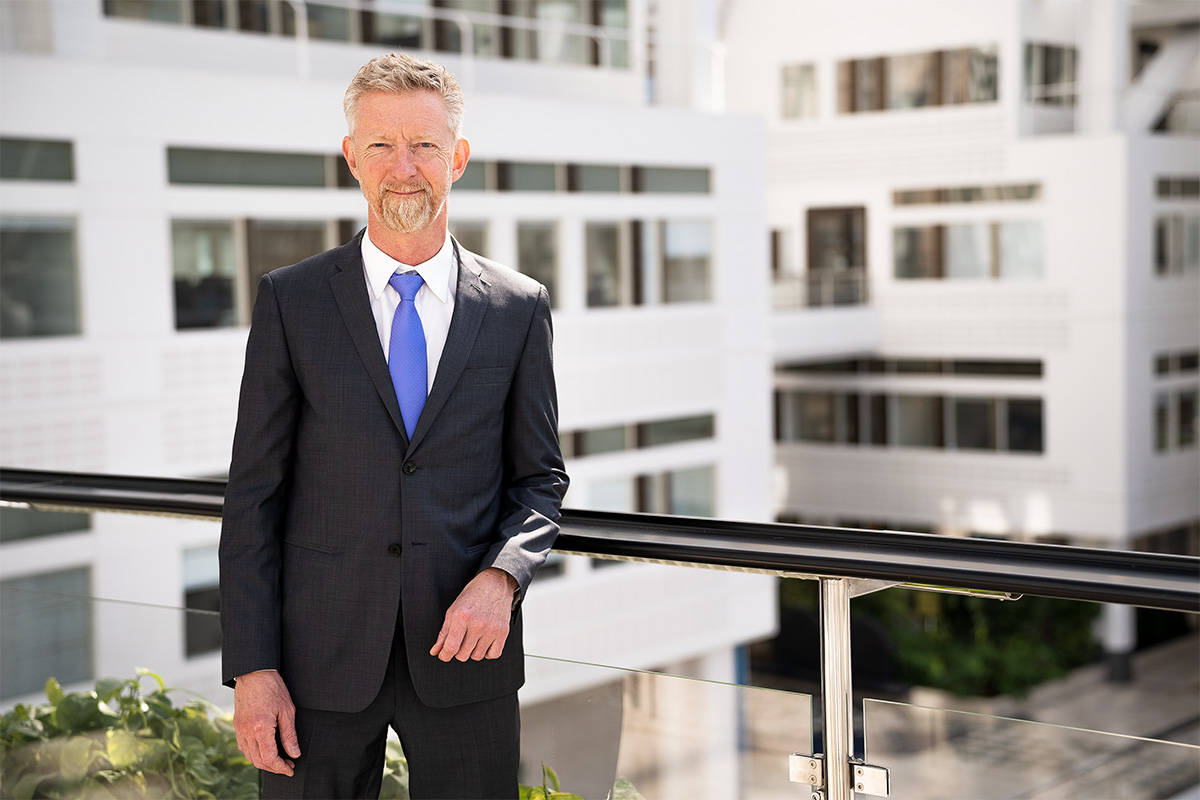Discover the Boid philosophy
By Emma Rodin | Photos: Boid
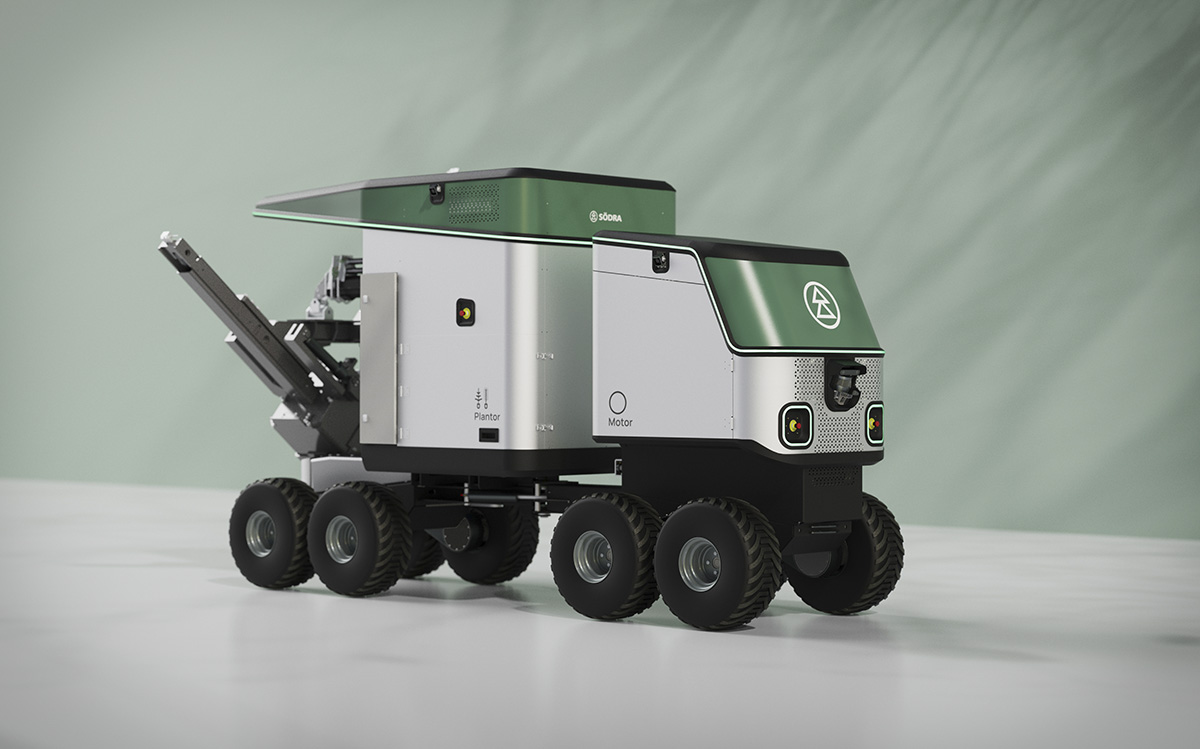
The new machine designed for Södra Skogsägarna.
Meet Boid, the research-driven design agency home to a family of skilled creatives – a family which has the power to merge a multitude of talents for the mission in question: taking complex problems and simplifying them for the benefit of the end user.
At Boid, diversity is a fundamental ingredient to success and that is reflected in the many skillsets that make up the team. It is much like having a set of keys that all look a bit different but can be used to unlock the same door, explains creative director David Lamm.
“Although Boid started off with a humble group of creatives solving smaller design challenges, today we’re a full-blown house of designers, programmers and researchers who have the capabilities to meet all sorts of client and user needs,” he says. “We’re all invested in each other’s individual fields, and I think that shared interest is an important piece of how and why we deliver great work”.
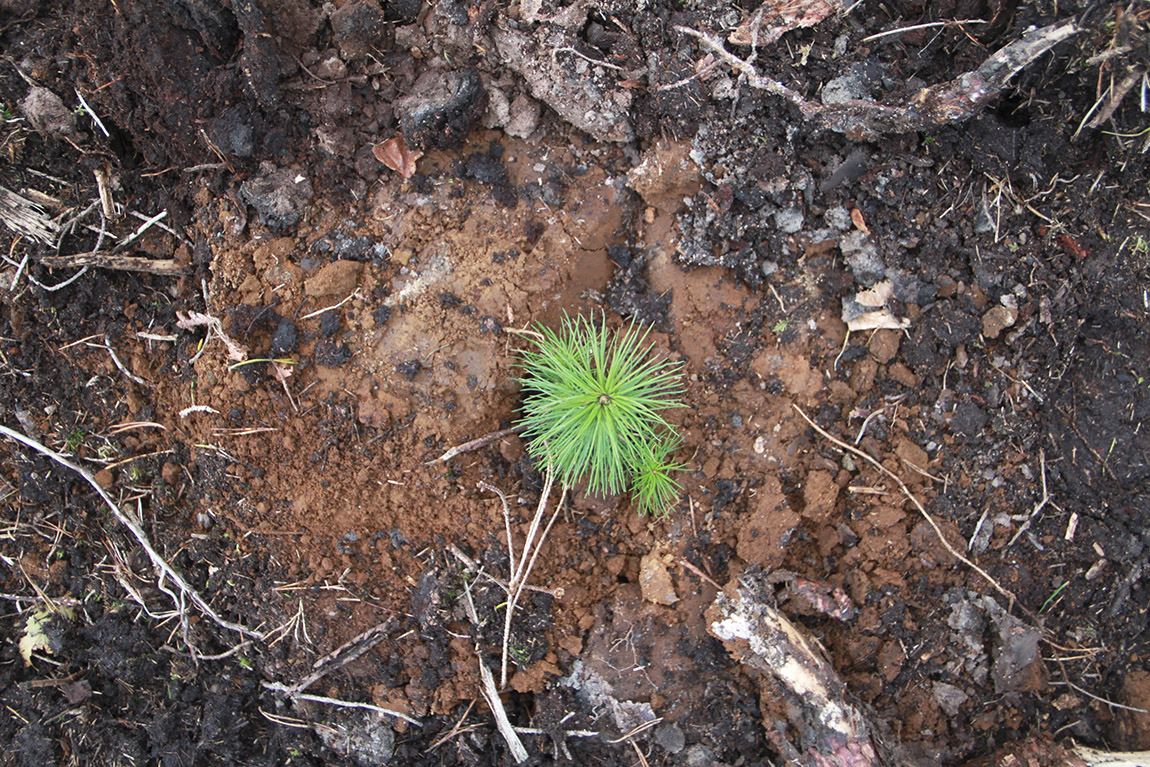
Working as one
Indeed, collaboration is key, both within the team itself and with clients. Collaborations are led by the philosophy that the sum is larger than its parts and everyone is welcome to bring something to the table. Whether that’s through user studies, 3D prototypes or digital apps, the team owns a range of tools to untangle knotty problems.
“In our industry, you’ll often see creatives working in a consulting capacity which usually means they’re siloed. We take a different approach, giving clients access to our entire team and a cross pollination of ideas and solutions,” explains John Hayman, industrial designer.
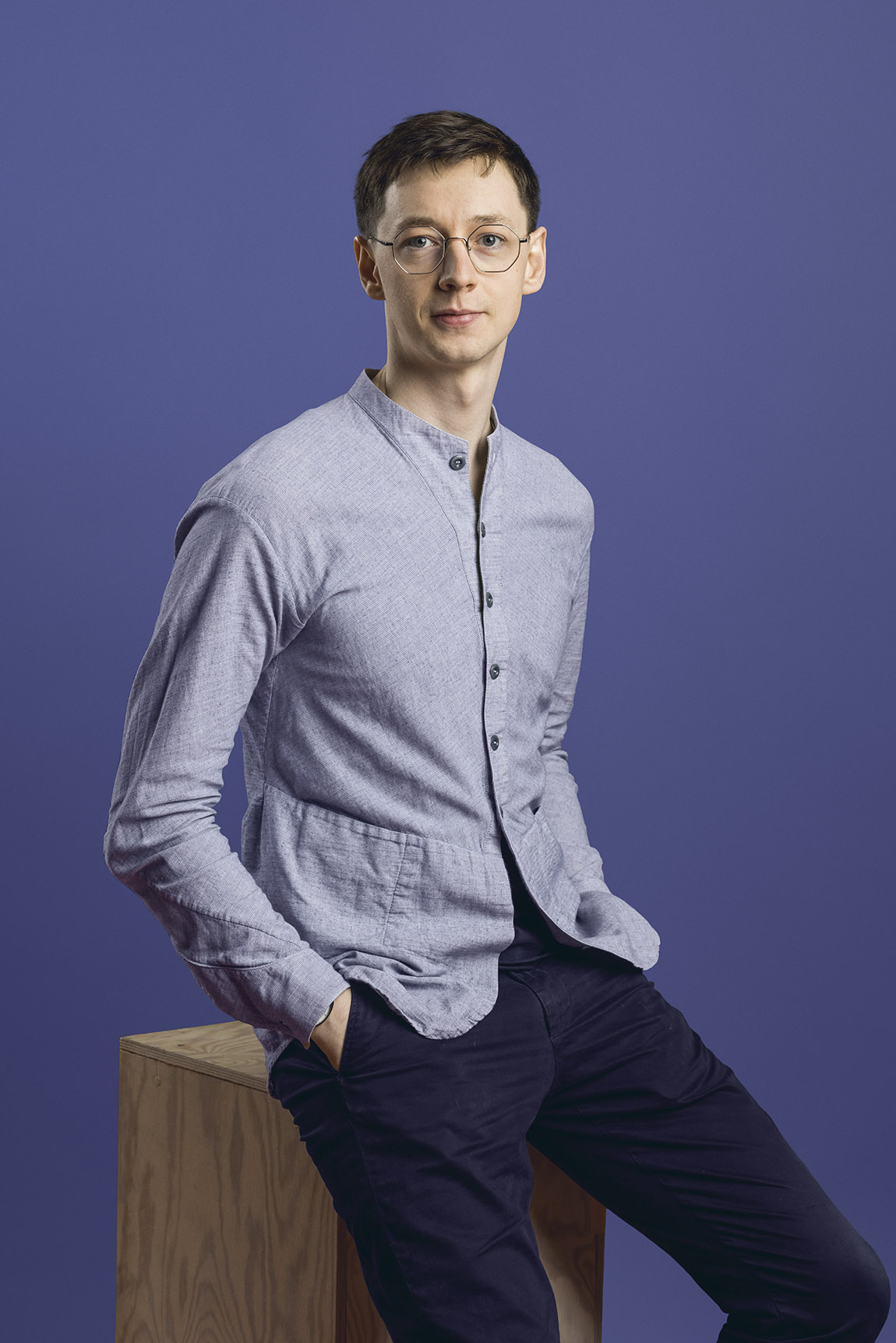
John Hayman.
A Boid showcase
With a portfolio of successful projects, there’s one in particular which adequately shows the vast skills of the Boid team. Three years in the making and only just wrapped up, this project has focussed on developing a modern system of planting new trees, or saplings, for Södra Skogsägarna – a forest industry group and membership organisation consisting of around 52,000 private forest owners.
The need for this new system stems from a history of intensive manual labour, along with a poor survival rate of newly planted saplings. These are issues that became even more apparent during the COVID-19 pandemic, leading forest owners to ask themselves “how can we do this better?”.
“Rejuvenating forests is a science of its own. The circular process of reforestation takes years from sapling to usable wood so it’s important to give those saplings the best possible start. After harvesting, you must ready the area by preparing the soil and disturbing an unnecessary area of ground. You also plant without much precision. The process just isn’t very gentle,” tells Lamm.
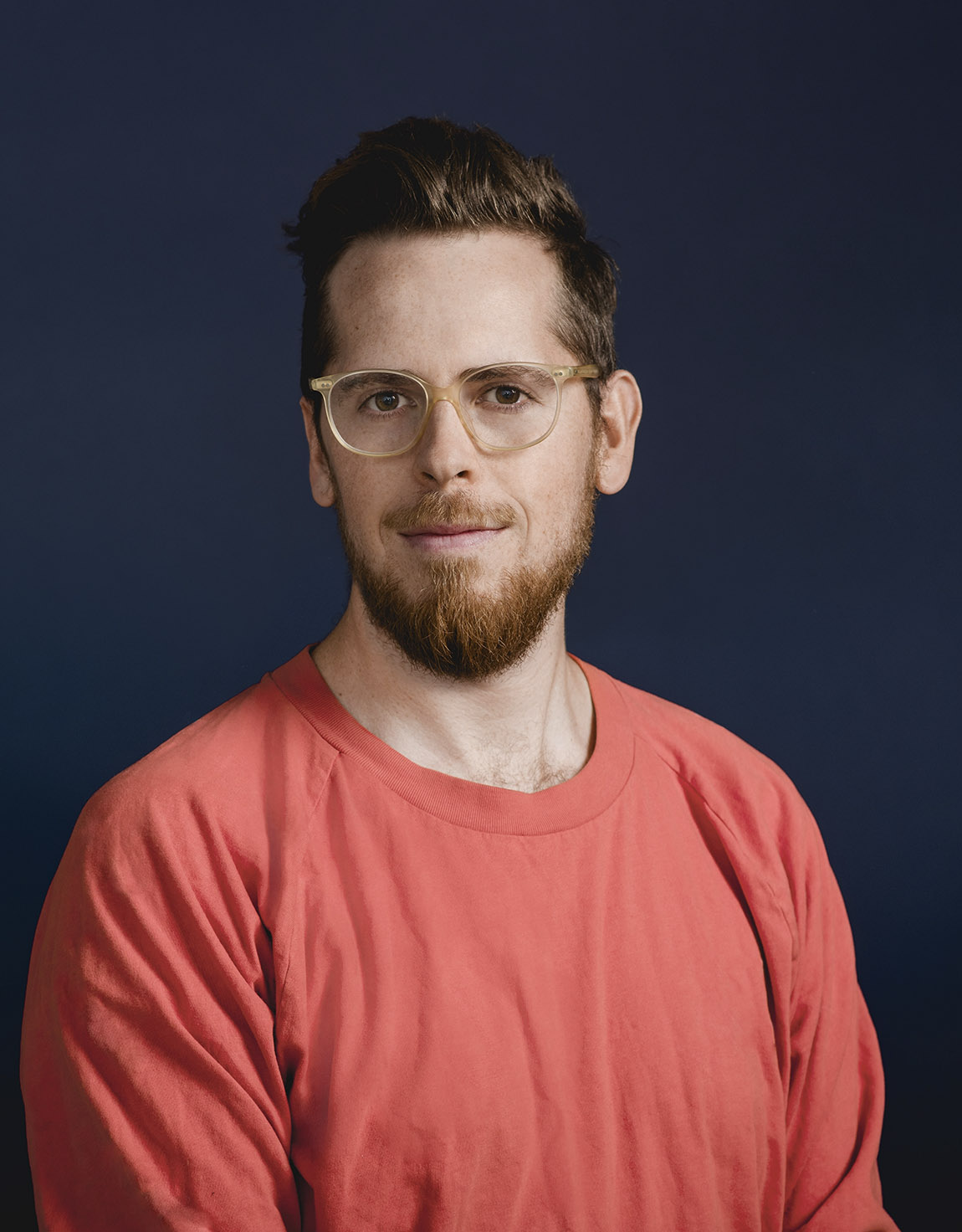
David Lamm.
The solution? Creating an autonomous automated planting system.
“We’ve worked in a consortium of companies where we’ve been in charge of designing the user experience of this machine,” says Hayman. “As the brief asked for a more sustainable solution to planting, we designed a precision-based, small machine that reflected care and gentleness whilst having a futuristic, intelligent and trustworthy presence”.
The machine works on a spot-by-spot basis, is completely automated and supported by an intelligent app that helps the user plan the most optimal path for planting that avoids hinderances such as tree trunks and large branches. Moreover, it is gentler to the forest floor than the current method. This means that although the machine is still only a prototype, it represents a huge step forward that will propel the entire industry into the future.
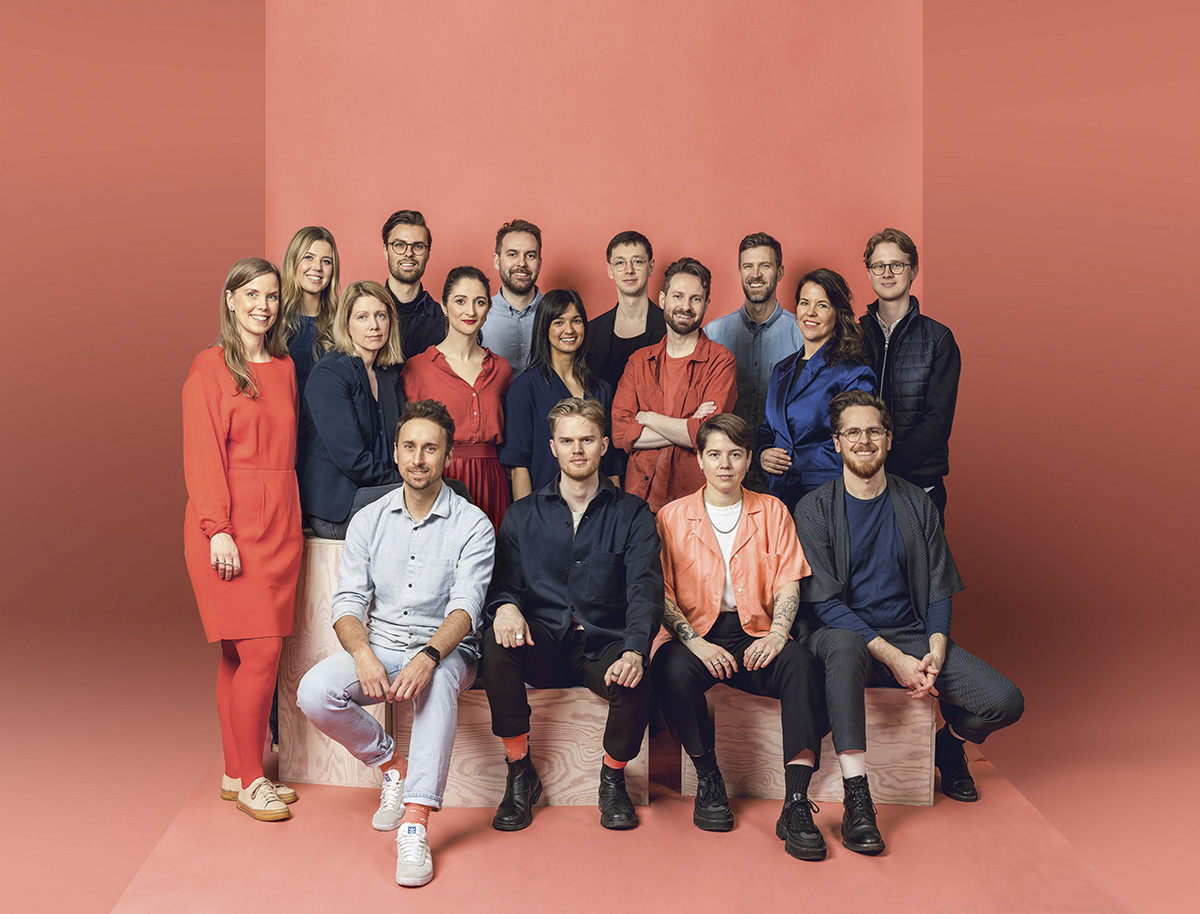
Raising the user’s voice
The team at Boid also has a strong footing in the research area, with a significant focus on user and sustainability research. By understanding different user groups and industrial challenges, the Boid team can create ideas to drive greater sustainability and circularity in their projects. One such is the idea for reusing speakers from scrapped cars and even looping them back into new ones.
“Sometimes, clients need our help to identify their core user needs. That’s where we often reframe a problem to ask whether a brief makes sense from a user perspective,” tells Hayman.“It’s by questioning and re-thinking the strategy that we can create tangible business results by solving real user needs.”
In fact, big brands everywhere are adding chief experience officers to their teams, which shows how important and relevant the user has become in any design, stresses Lamm and concludes: “It’s hard for clients to build a strong design division without a set strategy. But if they engage with us, Boid can be the springboard to make magic happen”.
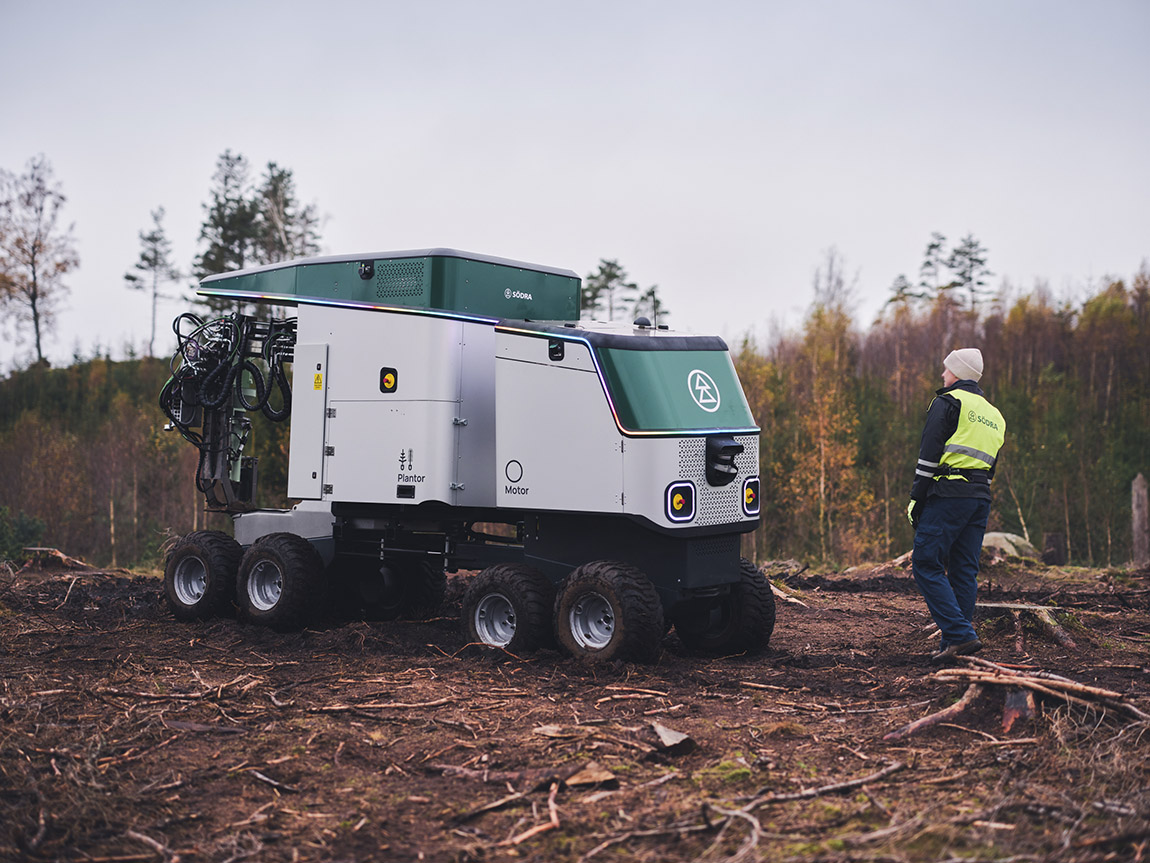
Web: www.boid.se Instagram: @boid_studio
Subscribe to Our Newsletter
Receive our monthly newsletter by email



